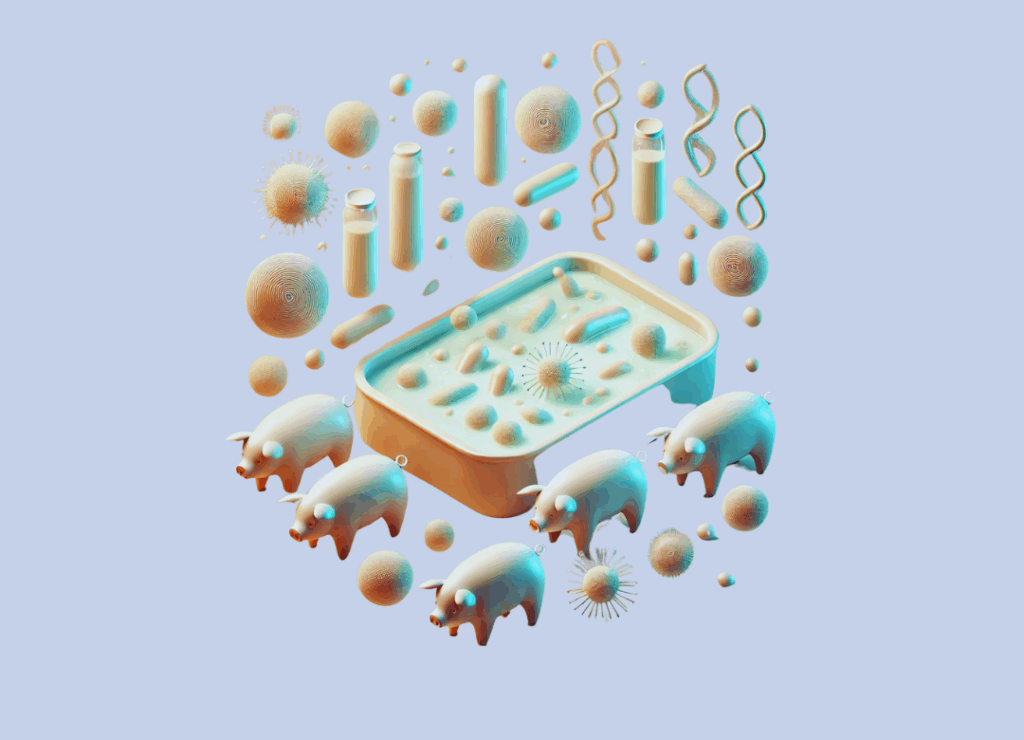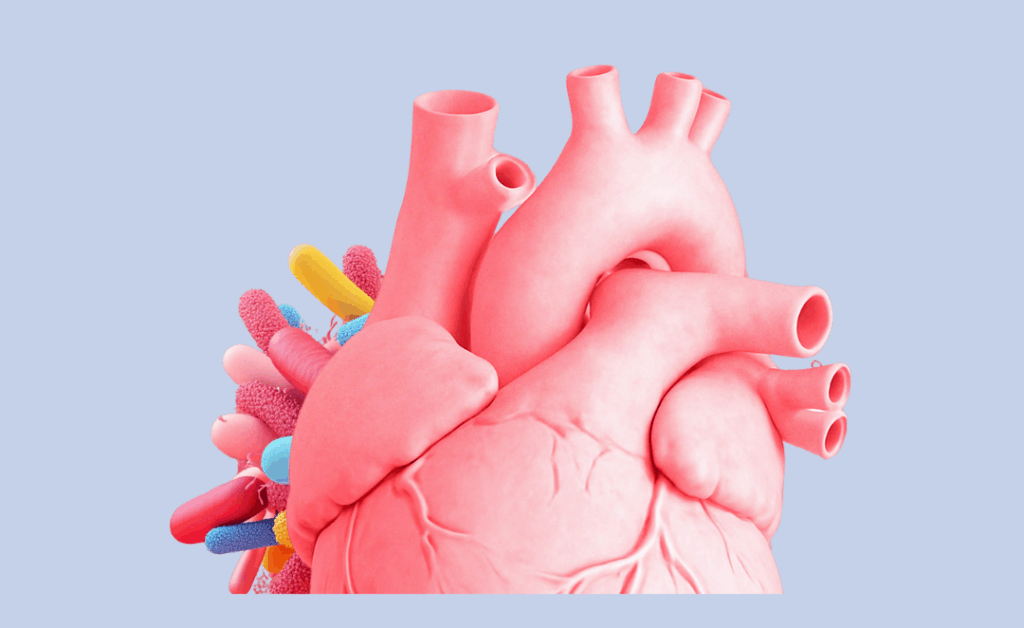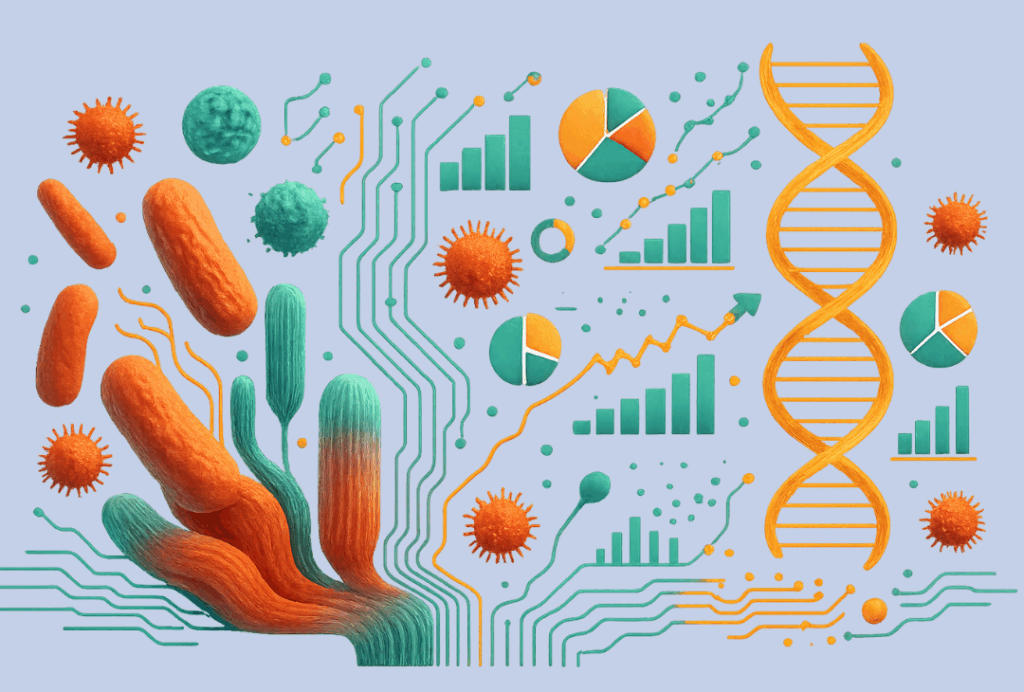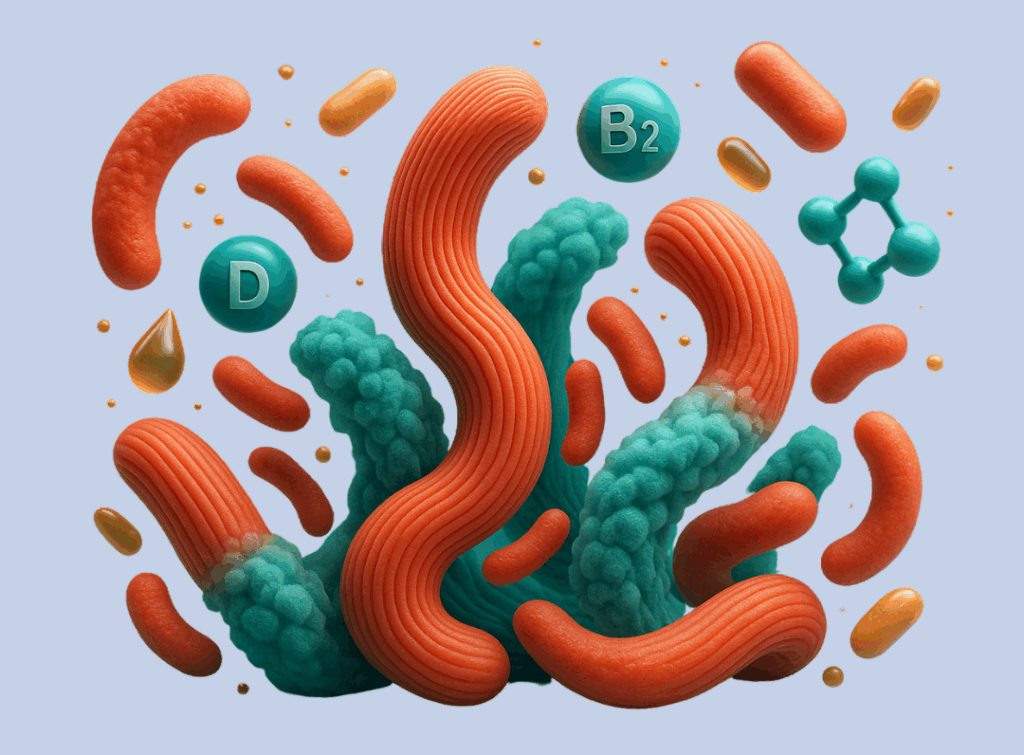Article Overview
Authors: Anna Maria Sutera, Francesca Arfuso, Giuseppe Tardiolo, Valentina Riggio, Francesco Fazio, Riccardo Aiese Cigliano, Andreu Paytuví, Giuseppe Piccione, Alessandro Zumbo
Affiliations:
- Department of Veterinary Sciences, University of Messina, Polo Universitario dell’Annunziata, Messina, Italy
- The Roslin Institute and Royal (Dick) School of Veterinary Studies, University of Edinburgh, Easter Bush Campus, Edinburgh, UK
- Sequentia Biotech SL, Barcelona, Spain
Publication journal: Animals
Date of publication: May 25, 2023
Link: https://doi.org/10.3390/ani13111750
Rethinking Animal Nutrition Through Microbiome Science
As our understanding of the microbiome deepens, it’s becoming increasingly clear that advances in bioinformatics are at the heart of this progress. A recent study perfectly illustrates this, showcasing how Sequentia Biotech’s advanced bioinformatics enabling technologies are enabling new discoveries at the intersection of nutrition, animal health, and sustainable agriculture.
Liquid whey—a by-product of the cheese-making process—is rich in high-quality proteins and essential nutrients. Its use in pig diets not only helps reduce food waste but also supports a more circular economy in agriculture. However, understanding its actual impact on animal health means looking beyond simple growth metrics and into the complex world of the gut microbiota.
Advanced Bioinformatics Illuminates Microbial Shifts
Using Sequentia Biotech’s advanced bioinformatics tools, researchers conducted detailed metagenomic analyses, identifying how the pigs’ gut microbiota evolved over time with liquid whey supplementation. High-throughput sequencing, combined with sophisticated statistical modeling, revealed significant changes in microbial diversity and abundance, highlighting an increase in beneficial bacteria, including Lactobacillus, Bifidobacterium, and Oxalobacter.
Such fine-grained resolution—mapping thousands of bacterial taxa across different time points—would not have been possible without powerful data processing, taxonomy assignment, and statistical analysis platforms enabled by Sequentia Biotech.
Connecting Microbiota to Health Outcomes
Beyond microbiota profiling, the study linked changes in bacterial populations to physiological markers of health. Pigs receiving the liquid whey diet exhibited lower inflammatory markers such as C-reactive protein and haptoglobin, suggesting enhanced immune function alongside normal weight gain.
These findings reinforce the potential of microbiome-centered dietary strategies to reduce reliance on antibiotics, thereby promoting resilient and healthier livestock.
A New Era of Precision Livestock Nutrition
This research underscores a broader shift in agriculture—one where bioinformatics technologies empower researchers to design smarter, more sustainable interventions. By decoding complex microbiota-host interactions, Sequentia Biotech is helping shape a future where animal nutrition is more precise, more sustainable, and more closely aligned with health outcomes.
Moreover, the methodologies developed and enabled through Sequentia’s platforms can be easily adapted for use in human health research, opening new frontiers in personalized medicine and nutritional science.
With the right bioinformatics tools, we move from simply feeding animals to truly understanding the living ecosystems that sustain them.
Reference:
Sutera, A. M., Arfuso, F., Tardiolo, G., Riggio, V., Fazio, F., Cigliano, R. A., Andreu Paytuví, Piccione, G., & Zumbo, A. (2023). Effect of a Co-Feed Liquid Whey-Integrated Diet on Crossbred Pigs’ Fecal Microbiota. Animals, 13(11), 1750–1750.









